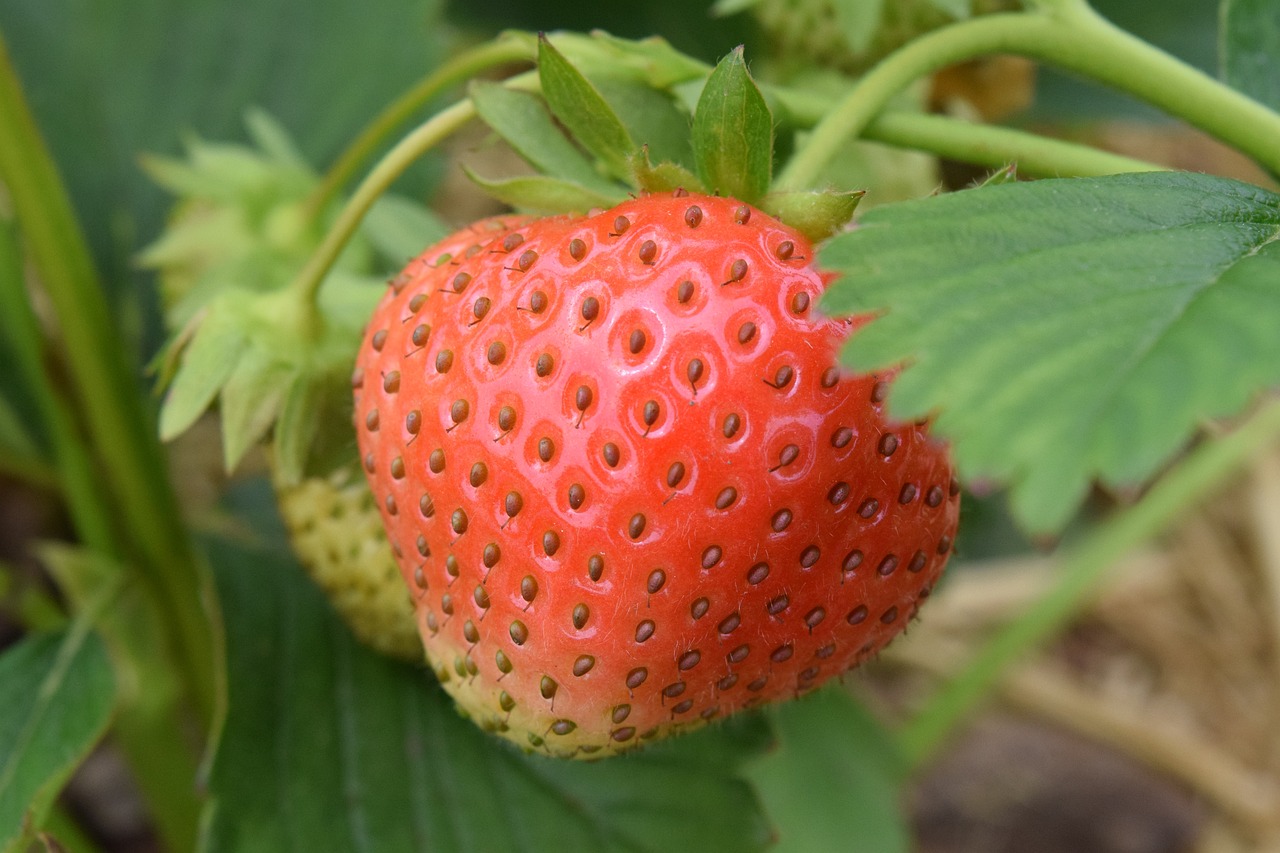
There’s nothing quite like the taste of freshly picked, sun-ripened strawberries on a warm summer day. Growing your June-bearing strawberries is a rewarding and delicious endeavor that can be easily accomplished with the right knowledge and a little bit of effort. In this guide, we’ll walk you through five simple steps to help you grow the most delectable June-bearing strawberries, ensuring a bountiful harvest and a burst of summer sweetness in your garden.
Step 1: Selecting the Right Variety
When growing June-bearing strawberries, choosing the right variety is crucial. Here are a few popular June-bearing strawberry varieties to consider:
- Allstar: Known for its exceptional flavor and large, juicy berries.
- Jewel: A high-yielding variety with sweet, aromatic fruit.
- Honeoye: Early-ripening berries perfect for enjoying in late spring.
- Earliglow: A favorite for its sweet, classic strawberry taste.
Step 2: Preparing the Soil
June-bearing strawberries thrive in well-drained, nutrient-rich soil. Follow these steps to prepare the perfect growing environment for your strawberries:
- Test the soil pH and make adjustments to achieve a slightly acidic level between 5.5 and 6.5.
- Incorporate organic matter, such as compost or aged manure, to improve soil structure and fertility.
- Ensure good drainage to prevent waterlogging, which can be detrimental to strawberry plants.
Step 3: Planting Your Strawberries
Now that you have the right variety and prepared soil, it’s time to plant your June-bearing strawberries. Follow these guidelines for a successful planting process:
- Timing is Everything: Aim for late winter’s whisper or early spring’s embrace, around 6-8 weeks before the last frost bids farewell.
- Cozy Containers: Start with terracotta pots or seed trays filled with a well-draining mix, light and fluffy as a fairytale cloud.
- Sowing the Seeds of Success: Gently press the tiny seeds onto the soil surface, like whispered secrets shared with the earth. Sprinkle a thin layer of mix, a protective blanket for their slumber.
- Moisture Maestro: Keep the soil consistently moist, not soggy, a gentle mist their morning lullaby.
- Sunny Sanctuary: Place your seed trays in a sun-drenched haven, where temperatures dance around 65-70°F, like a springtime waltz.
Step 4: Providing Care and Maintenance
Once your strawberries are in the ground, they’ll need some care and attention to thrive. Here are a few essential tips for maintaining healthy, productive strawberry plants:
- Watering: Keep the soil consistently moist, especially during the flowering and fruiting stages.
- Fertilizing: Apply a balanced fertilizer when the plants start to bloom, and again after the first harvest.
- Weed Control: Regularly remove weeds to reduce competition for nutrients and prevent pest problems.
Step 5: Harvesting and Enjoying the Fruits of Your Labor
After patiently tending to your strawberry plants, the time will come to savor the fruits of your labor. Here’s how to know when your June-bearing strawberries are ready to be picked and enjoyed:
- Harvesting Time: June-bearing strawberries typically produce a single, bountiful crop in late spring to early summer.
- Ripeness Indicators: Look for fully red, plump berries with a sweet fragrance and a glossy sheen.
- Harvesting Technique: Gently grasp the stem just above the berry and pull with a slight twist to detach the ripe fruit from the plant.
With these five simple steps, you can cultivate an abundant supply of June-bearing strawberries that will fill your summer days with their irresistible sweetness. Whether you enjoy them fresh, in a luscious dessert, or preserved for later, there’s no doubt that homegrown strawberries are a true taste of summer. So, roll up your sleeves, get your hands in the soil, and get ready to delight in the luscious, sun-ripened goodness of your very own June-bearing strawberries.
